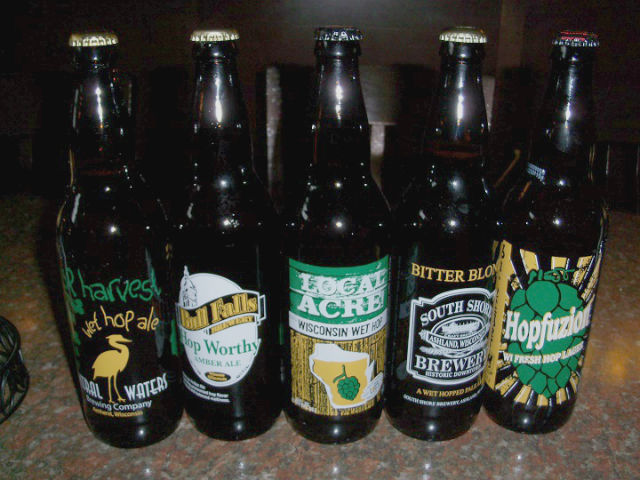
When it comes down to it, barrels are best at one thing: holding liquid. But leaks can happen – and that’s a problem.
So what do you do if you discover a leaky barrel? You can’t let your beer seep out. That’s literally money down the drain.
First, don’t overreact. There are solutions for stopping a leak and making sure your product stays in the barrel, but how you stop a leak depends on the barrel type.
Whiskey, Bourbon & Specialty Liquor Barrels
If you’ve filled a bourbon, whiskey or other high-proof spirit barrel, soaking the inside with water is a last resort as you can lose some flavor from the oak.
Before swelling high-proof spirit barrels, we recommend trying these options first.
- Tighten Barrel Rings – Use a mallet or hammer to tap the hoops down and tighten the staves.
- Barrel Sealant, Wax, Brewers’ Gypsum – Rub wax or drip melted wax onto the leak. Brewers’ Gypsum can be rehydrated and applied to the area.
- DIY Paste – Apply a 1:4 ratio of distilled water and unbleached flour. Lightly go over the patch with a blow torch to cure and seal.
- Reeds, Straws, Toothpicks – Carefully push into the leak, breaking off the piece and sanding down any excess wood. Use caution to avoid worsening the leak.
If these options don’t work, then it may be time to swell the barrel like you would a wine barrel, so continue reading.
How to Swell a Wine Barrel
Wine barrels are different from whiskey and liquor because they often sit empty at the winery longer. Plus, wine’s lower ABV introduces the potential for germs.
That’s why swelling wine barrels is best practice. You can try the tips above first, but will likely need to swell the barrel.
Method 1: Head Swelling
This method swells the joint between the heads and the staves – the common leak source.
- Stand the barrel vertically.
- Using hot water (+180° F), fill the head space.
- Let the water sit overnight.
- The next morning, add more water to the same head. If you don’t see bubbles, flip the barrel over and repeat the previous steps.
- If you see bubbles, let the water sit a few more hours.
Method 2: Interior Swelling
If using this method, fill your barrels with product as soon as possible following swelling to reduce risk of contamination.
- Lay the barrel horizontally on a rack (bunghole side up).
- Fill the barrel 1/3 of the way with hot water (+180° F) for two hours.
- Periodically roll the barrel back and forth to more evenly soak the interior.
- Add another 1/3 of water to the barrel and check for leaks. If water is still leaking from the barrel, let it sit for another 1-2 hours.
- Drain the barrel completely and fill with your beverage.
Method 3: Steam
- Lay the barrel horizontally on a barrel rack (bunghole side up).
- Using a steam generator, fill the barrel with 212º F or hotter steam.
- Pump steam into the barrel for at least 10 minutes (longer for dryer barrels).
- Once the bands tighten up, remove the steam and allow the barrel to cool.
- Drain any water.
- Fill the barrel 1/3 of the way with cold water to check for leaks. Leave the water in the barrel until leaks subside. Don’t leave water in your barrel for more than 2 days.
Ready to Fill
Once you’ve resolved any leaks, your barrels should be ready to fill. All that’s left is the time it takes to age your brew to perfection.






Be the first to comment